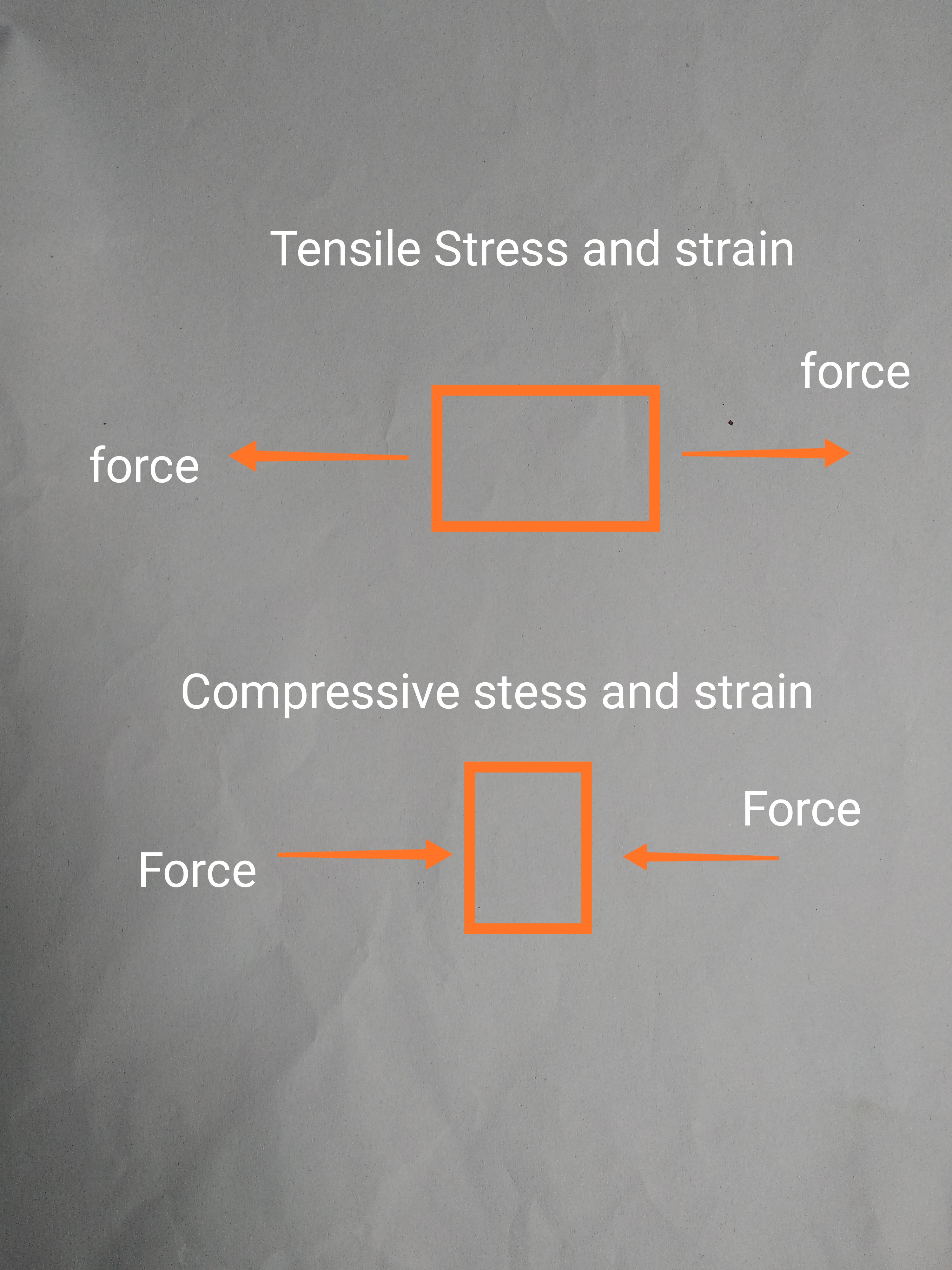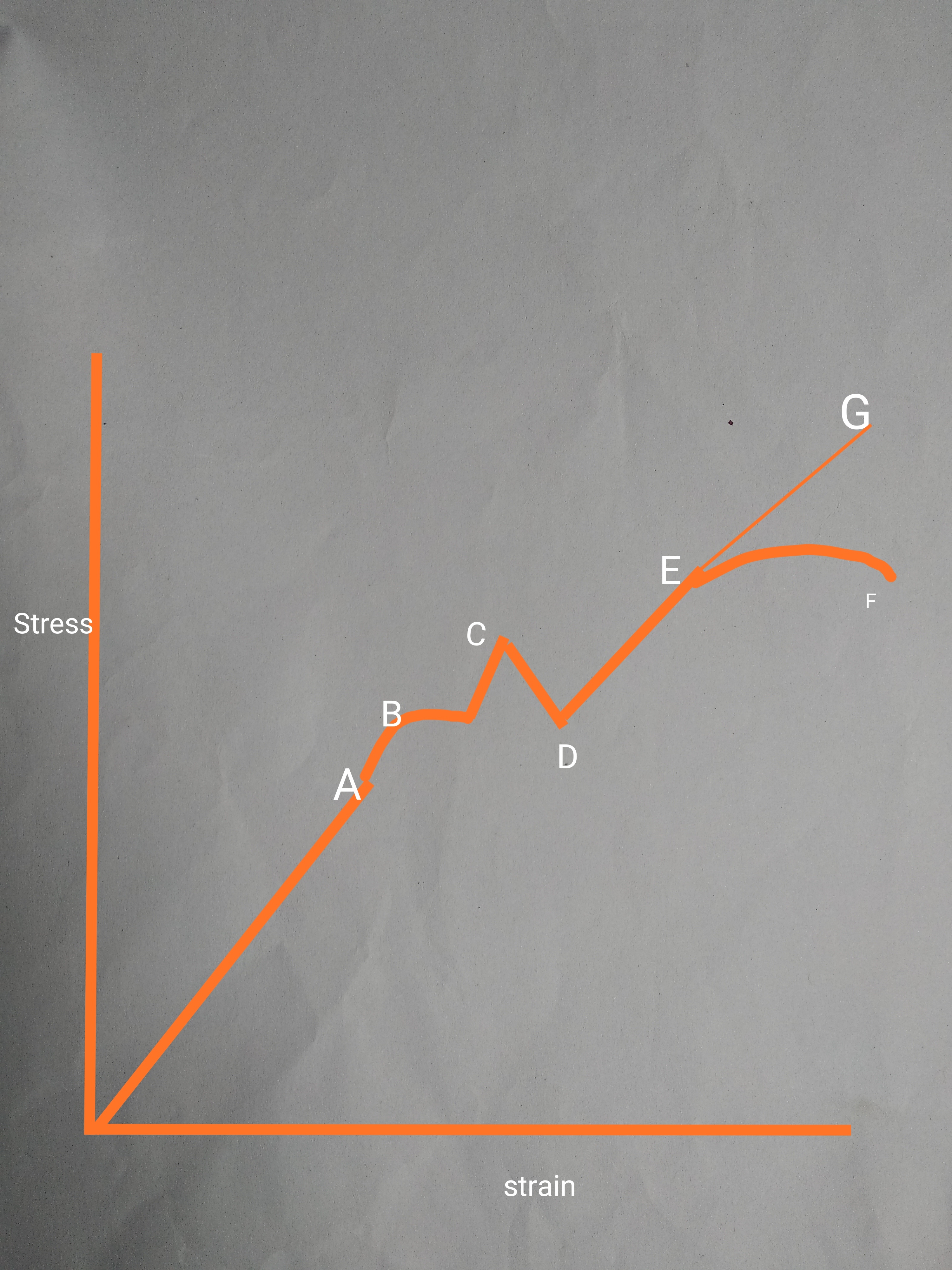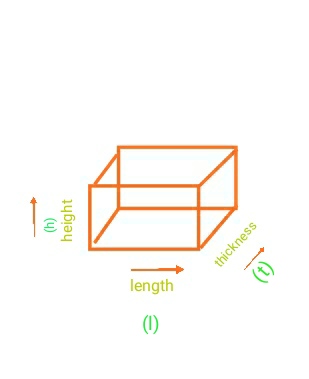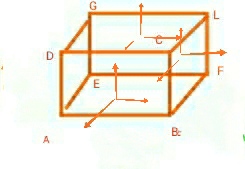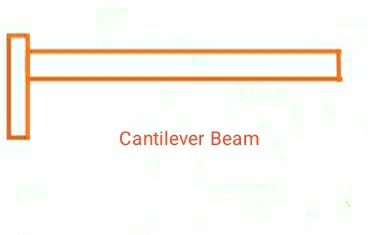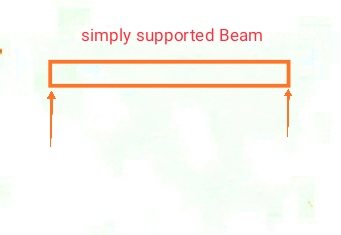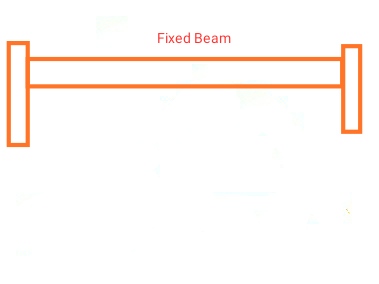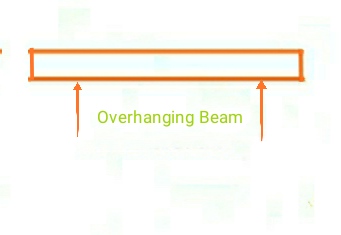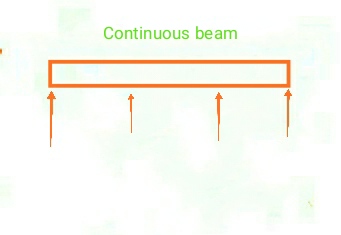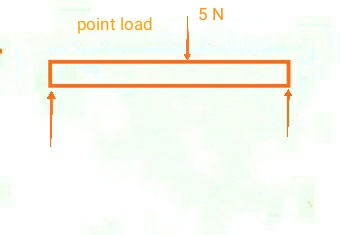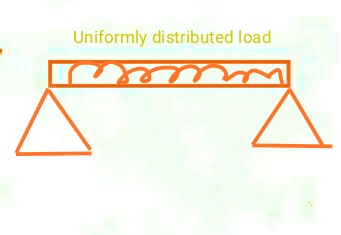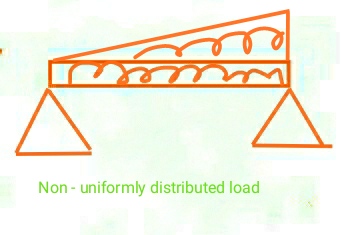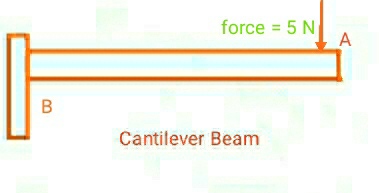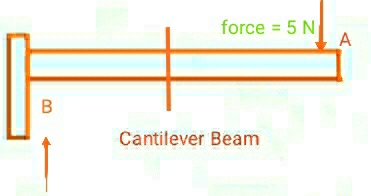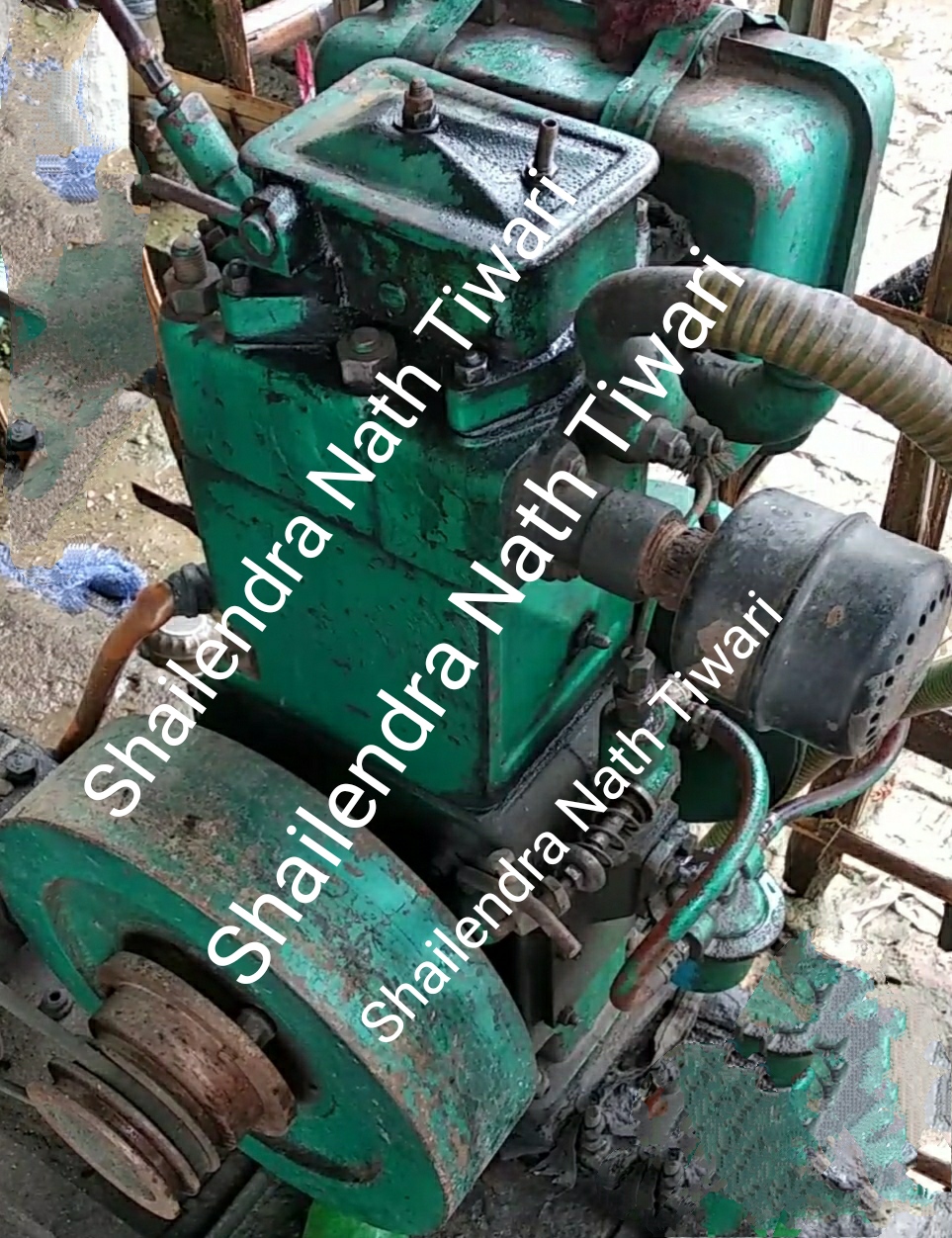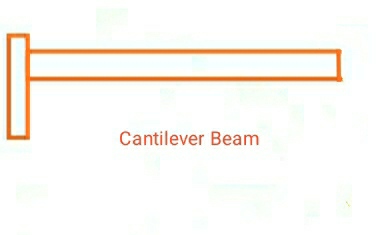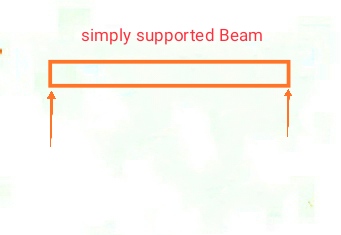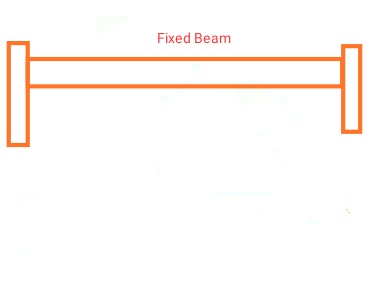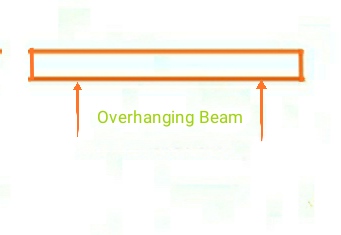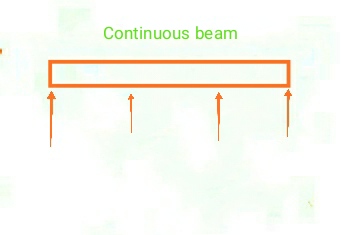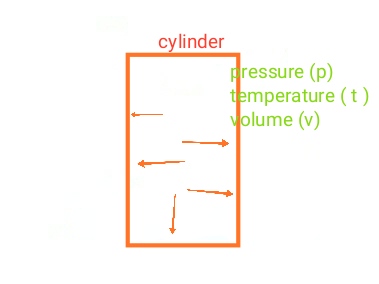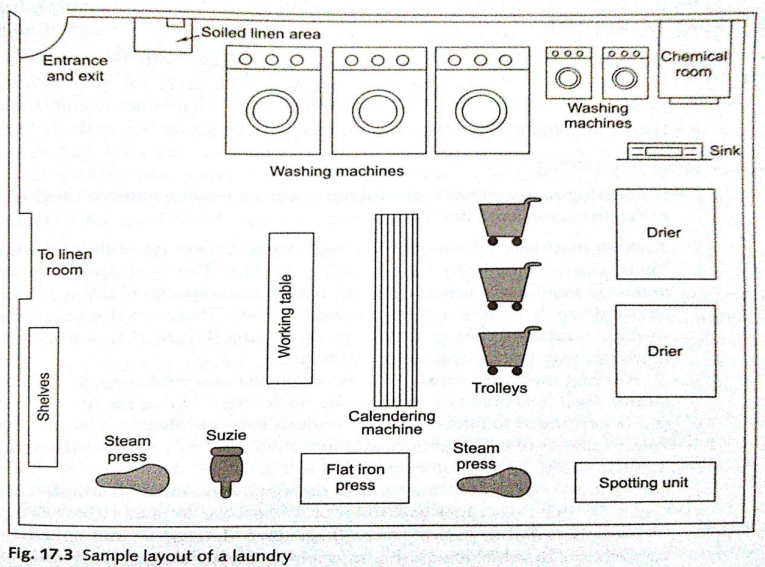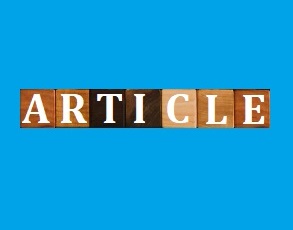There are various materials present in the world, like glass, mild steel, bricks and concrete. The mechanical engineering is based upon the material which can sustain the force applied on them for various purposes. The important properties of material such as mechanical properties, thermal properties, chemical properties and physical properties decide whether to use the material or not for engineering purpose.
Brittle material such as bricks, wood and glass break by applying the force on them. Therefore, the brittle materials are not used for engineering purpose. For engineering purpose, ductile materials are considered as they sustain the deformation due to applied force. The important thing of the ductile materials is that they show various parameters that are required by the engineers. By mixing the ductile material with various other materials which are having some special properties, the engineers fulfill the various requirements. The example of the ductile materials is iron bar, mild steel, copper and gold. The elastic materials are the materials which can regain their respective dimensions after removing the force applied on them. The example of the elastic material is rubber. The plastic material is material which can not regain their respective dimensions after removing the force applied on them. The example of the
plastic material is iron rod.
Important properties of the material-
i) Elasticity -
The important property of the material studied in mechanical engineering is elasticity of material. The property of the material to regain their original dimensions after removing the force, is known as
elasticity.
ii) Plasticity -
The property of the material to deform permanently after removing the force applied on the body, is called plasticity.
iii) Strength - The property of the material to withstand the force applied on the material, is called it's
strength. The material having more strength, can bear higher load.
iv) Ductility - The property of the material to be drawn into the form of wire, is called its ductility. The ductile material don't rupture and it deforms continuously after applying the force on it. In design and construction work, the ductile materials are used because of their respective property.
v) Malleability -
vi) Brittleness -
The property of the material to break without giving any prior indication, is called
brittleness of the material. The material having more brittleness don't bear impact load. It breaks instantaneously without giving prior indication of the breakage.
Stress
The force is the external agent that tries to change the state of the motion or the state of the rest of the body. If the force is applied to the iron bar, it will bend the iron bar. The force that try to resist the deformation of the iron bar against the applied force, that is called stress. When the force is applied to the body, there is some change in their respective dimensions. The chance in external dimensions due the applied force, is called as the deformation.
The body try to conflict with the force. The resistance is against the deformation of the body. There are several types of load - Point load, impact load, Uniformly distributed load and non- uniformly load. Point load is the load which acts on the body at a fixed and specific point. It does not act on the overall length of the body. Uniformly distributing load is the load which is acting on the body along the overall length of the body and it does not act on the only one point of the body. Non uniformly distributed load is the load which is acting on the whole length of the body but in the varying manner.
Stress = F / A,
Where F= applied force,
A= area where force is applied.
Unit of stress = Pascal
Types of stress
The direction of the applied force decides whether the stress is normal or longitudinal stress.
i) Normal stress-
There are various types of load and forces. The force that acts perpendicular to surface of the body, that is known as the normal force. If the normal force is applied to the iron bar, then the stress generated by the force is called as normal stress.
ii) Longitudinal stress-
Besides the normal force, there are some other forms of forces. They acts in linear direction. If the direction of the applied force is towards the center of the iron bar, it is known as the stress generated by the compressive force. It is called compressive stress. The important thing about this stress is that here the body gets compressed after applying the force.
However, if the direction of the applied force moving away from the center of the iron bar towards the outside of the iron bar, it will be stress due to the tensile force. It is known as tensile stress. The important thing is that here the force tries to elongate the body.
Hooke's law of stress
There is a relationship between the two factors- stress and strain. It is demonstrated nicely with the help of Hooke's law. It is basically a graph showing the relationship between the two things- Stress and strain. When a body is subjected to a force, then there is some changes in the dimensions. It causes the iron bar to experience the stress as well as the strain. The law states that when a body is subjected to a load under its elastic limit, the stress generated inside the body by the force is directly proportional to the strain produced.
Here, the graph shows relationship between the stress and strain produced in the body. From origin to point (A), it shows elastic properties of the material. Point (B) show the proportional limit. Point (C) is showing the upper yield point and Point (D) is showing the lower yield point. Basically yield stress is generated in the body, when the body continue to enlarge without giving any increment in the prior load. Point (E) shows point of the ultimate strength. Ultimate strength of material is the point upto which the material can bear the load. After that limit of the applied force, if the amount of force is increased, then the body will rupture. Point (F) shows rupture point. Rupture stress is that stress that is produced by the force at the time of rupture.
Stress = C * strain,
where C = constant.
By adjusting the equation, Young's modulus is obtained.
Young's modulus = stress / strain,
Unit of Young's modulus is Pascal.
For more details click here,
Hooke's law of stress-
Strain
The strain can be found by dividing change in length by original length. When the force is applied to the iron bar, there must be some change in their respective dimensions. The another parameter is used to demonstrate the effectiveness of the applied force. The strain is the factor to illustrate the results of the force. .
Strain= change in the length/ the original length
Unit of the strain= no unit , it is unit less
For more information click here,
Strain-
Types of strain
i) Tensile strain -
When the two different forces applied to the body tries to elongate the body, then it is called tensile force. Then strain generated by this force is called tensile strain. The increase or decrease in the magnitude of the length causes the body to introduce the tensions in the surface.
i) Compressive strain -
When the two different forces applied to the body tries to decrease the size of the body, then it is called as compressive force. Then strain generated by this force is called compressive strain.
Linear strain-
The external forces applied on the body may change their respective dimensions. Then strain generated by the force in direction of the applied force is called simple strain. Liner strain is the strain generated by the force in direction of the external force.
Lateral strain -
The force applied on the surface of the body tries to increase or decrease the dimensions of the body. The strain in the perpendicular direction is called as the lateral strain.
Here, Length of the body= (l),
Thickness = (t),
Height = (h)
So,
Linear strain = (∆l) / (l),
Lateral strain = (∆t) / (t),
or ( ∆h) / (h)
Here,. ∆ = change in the dimensions
For more details, click here,
Poisson's Ratio -
The ratio of lateral strain and linear strain, is called Poisson's ratio. Generally the body undergoes to change in dimensions in various directions after applying the force on it. Linear strain is caused by the change in the legth. Lateral strain is due to the change in the dimensions in lateral direction.
Poisson's ratio = Lateral strain / Linear strain
Shear stress-
Generally the force acts perpendicular to the body tries to increase or decrease the dimensions of the body. But there is some other forms of force acting on the surface of the body which is parallel to the surface of the body. This form of force is called shear force. The stress generated inside the body due this shear force is called Shear stress. Here strain generated by this force is called Shear strain. The shear force tries to moves the body parts in direction parallel to the surface of the body.
For more details click here,
shear stress-
Modulus of rigidity or shear modulus-
There are several ways to get information about the effect of the applied force. The most important and popular way to collect the information about the effect of the applied force, is modulus of rigidity.
Modulus of rigidity= shear stress / shear strain
Safe load
In any construction work, the engineers have to fulfill the various parameters of the materials. Every material can bear a load to a specific limit. After that limit, the object can not bear the load. The load below which machine works properly without rupture, that load is called safe load. Therefore, the engineers put the load on the construction materials below the safe load.
The body experiences the force in all directions. The application of the applied force causes the body to change their dimensions in all directions.
Here, the body tries to elongate or decrease in all directions.
Stress is generated in all directions.
When we apply of force on a body, the body get deform in all direction. the body experiences stress and force in all direction. There are mainly Three Types of stress. First stress is in direction of x-axis, second stress is in direction of y axis and third stress is in direction of Z axis.
The stress that is perpendicular to the surface that is known as normal stress. It is also known as direct stress. There are another stress that is known as shear stress. The shear stress is the stress that is parallel to the surface of the body. If we consider the surface of xy plane, the stress that is perpendicular to the plane that is known as direct stress or normal stress. But the stress that is parallel to the surface, and moving in the direction of x axis and y axis, they are called shear stress.
Direct stress and shear stress in 3Dimension Hooke's Law -
The stress generated by the application of force in the direction perpendicular to the surface of the body, that stress is known as the direct stress or normal stress. The stress generated due to the application of the force, in the direction parallel to the surface of the body, is known as the shear stress.
Various Planes and various stress in 3 Dimension Hooke's Law -
Failure -
When a force is working on a object continuosly, the object will get fractured after sometime, that is known as failure. For example, if we apply 10 Newton on a body and it is not a fracture, then we said that there is no failure. But if we apply force more than hundred Newton, then the object will get fractured, then that point is known as the fracture point.
Theory of failure -
There are various theories of the failure that explains how the object get fracture or how they get excessive elastic deformation. There are various modes of failure, first one is the excessive elastic deformation, second is the only sudden fracture. If we apply the excessive force continuously, then it may be possible that the object get excessive elastic deformation or there may be fracture of the object. There are various theories of the failure.
I) Rankine's theory
ii) Saint venant's theory
iii) Guest theory
iv) Haigh's theory
v) Von mises theory
.i )Rankine's Theory of failure -
According to this theory, the fracture takes place, when maximum principal stress reachs its maximum limit of its principal stress.
Limitations of Rankine's Theory of failure
There are various limitations of the Rankine theory. This theory considers only principal stress, it does not consider shear stress.
ii) Saint Venant's Theory of failure
This theory explains that the failure occurs when the maximum principal strain crosses or reaches its maximum principal strain in elastic mode.
Limitations of Saint Venant's Theory of failure
There are some limitations of this theory. According to this theory, the tensile stress is greater than the yield stress, but in experiment, it is found that the yield stress is greater than the tensile stress. And also it over estimates the elastic deformation of the material.
iii) Guest's Theory of failure
According to this theory, failure occurs when the maximum shear stress reaches its limits of maximum shear stress in elastic mode.
The maximum shear stress can be obtained by subtracting minimum stress from maximum stress and dividing them by two.
Limitations of Guest's Theory of failure
It is applicable only for the brittle object like cast iron.
Rankine theory of failure
Principal stress and principal Plane -
When the object experiences the effect of the force applied on the surface of the body, then the body gets deform. It also experiences stress on them. There are several types of stress generated in the object, while the force is applied on the body. Among the several types of stresses, the stress having largest magnitude is known as the Principal stress and the plane containing the Principal stress is known as the Principal plane. The principal stress generated by the force in the body can be calculated by considering the amount of stress and strain produced by the force on the various types of planes. Generally the Principal plane contain the information of the Principal Stress present in the body. There are many different ways to get the value of the Principal Stress.
Beam is a structure that is made up of a Iron and woods that can be used to bear the load. Generally the beam is used to make the most of the construction.
Connecting rod is the only thing that is the basis of the foundation of any types of the construction.
Types of Beam -
There are various types of beam. First one is cantilever beam, second one is fixed beam, third one is simply supported beam, forth one is overhanging beam, fifth one is continuous beam.
Cantilever Beam
The cantilever beam is the beam that is fixed on one side and free at the another side.
Simply supported Beam
The simply supported beam is the beam that is simply placed on the support.
Fixed Beam
Fixed Beam is the beam that is fixed at the both end of the beam.
Overhanging Beam
In case of overhanging beam, the bean is fully supported by the support but the other part of the bean is hanging over on the both side of the beam.
Continuous Beam
Continuous beam is the type of beam where the load is continuously distributed over length and the support.
The beam is a structure that has dimensions in which one dimension is abnormally longer than the other dimension. Generally, the beam has large length and short width.
There are several types of load, which are used in engineering purpose.
1) Point load -
Point load is the load which is acting on the body at a fixed and specific point. It does not act on the overall length of the body. The part of the construction which is experiencing a force on its surface, that force tries to deform the part permanently. The force that is actually acting on any point, that force is called Point load.
2) Regular load or uniformly distributed load -
Uniformly distributing load is the load which is acting on the body along the overall length of the body and it does not act on the only one point of the body.
3) Irregular load or non uniformly distributed load -
Non uniformly distributed load is the load which is acting on the whole length of the body but in the varying manner. At one point, it is very large and another point, it is very small in the magnitude.
Shear stress in beam -
When a force is applied on the body and if shear force is tried to find out, then the observer has to bisect the body into two parts. First one is right hand portion and first one part will be on right hand and the second one will be left hand part or portion. The right hand portion should be taken as a positive shear force and left hand portion should be taken as the negative shear force, if the direction of the forces try to move the body in clockwise direction. The right-hand portion should be taken as negative shear force and the left-hand portion should be taken as negative shear force, if the force tries to move the observed body in the anticlockwise direction.
Bending moment in various types of beam -
When a load is applied on the body and if the observer wants to find out bending moment generated in the body, then the observer has to bisect the body into two parts. First one is right hand portion and second one will be left hand part or portion.
The right hand portion and the left hand portion should be taken as positive bending moment, if it tries to move the body in upward direction. In language of engineering, it is called sagging.
The right hand portion and the left hand portion should be taken as negative bending moment, if it tries to move the body in downward direction. In language of engineering, it is called hogging.
If there is a beam and several types of forces are applied on that, then firstly , bisect the beam into the two section. The midpoint between the two forces, should be line at which the beam should be cut.
There is a cantilever beam. There is a load of 5 N acting on it.
The beam is bisected into two parts.
The right portion of the beam is trying to move the body in clockwise direction, as well as, the left portion of the beam is trying to move the body in clockwise direction. So, both are taken as positive shear force.
The right portion of the beam is trying to move the body in clockwise direction, in downward direction of the beam, but it is known as hogging. Here the bending moment is negative impact.
The left portion of the beam is trying to move the body in anticlockwise direction, and is known as the sagging. Here the bending moment is positive impact. The main remarkable facts about the bending moment is that the body should be able to make positive response to the body.
